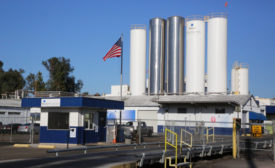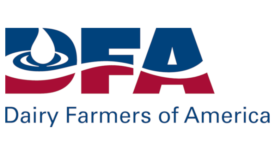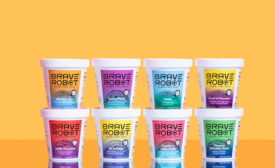Home » Keywords: » whey protein
Items Tagged with 'whey protein'
ARTICLES
Changing the definition of protein
Different people, including athletes, have much different needs.
April 11, 2024
Whey remains undisputed king of proteins
Innovation abounds in protein ingredients and dairy applications.
March 10, 2023
All the skinny on milkfat
As an ingredient in frozen desserts, it is critical when delivering sensory appeal and resistance to heat shock.
February 22, 2023
Butterfly acquires Milk Specialties Global
Terms of the deal were not disclosed. Transaction expected to close in Q1 2023.
December 27, 2022
Dairy Foods' top 10 stories of 2022
DFA's acquisition of two ESL facilities tops the list.
December 22, 2022
First Milk teams with Arla Foods
Companies to produce a whey protein powder at the Lake District Creamery.
November 9, 2022
Dairy protein supports recovery
For Olympic athletes, recovery nutrition is key to success.
July 15, 2021
Should you fortify yogurt with dairy or plant protein?
Plant proteins struggle to match dairy protein’s sensory and nutrition quality.
April 21, 2021
The Urgent Co. launches ‘animal-free’ Brave Robot frozen dessert
The offering uses a whey protein created by Perfect Day.
August 28, 2020
Stay ahead of the curve. Unlock a dose of cutting-edge insights.
Receive our premium content directly to your inbox.
SIGN-UP TODAYCopyright ©2024. All Rights Reserved BNP Media.
Design, CMS, Hosting & Web Development :: ePublishing

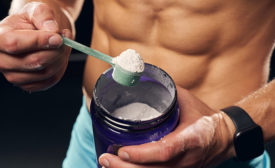

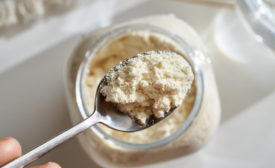
.jpg?height=168&t=1679408908&width=275)

